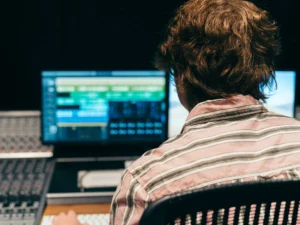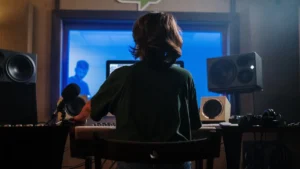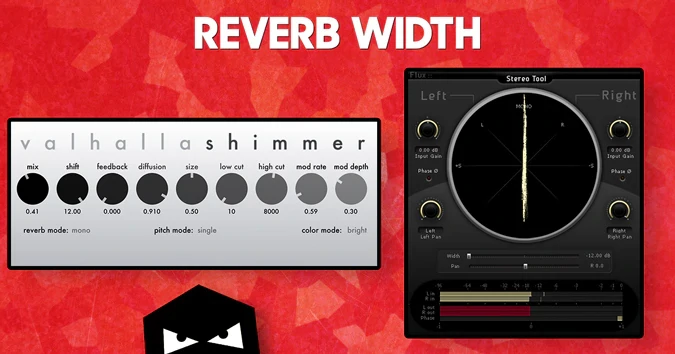Depth and Width in Mixing is crucial for achieving a three-dimensional sound. While equalization and levels are fundamental aspects of mixing, the spatial placement of instruments using reverb and delay significantly enhances the listener’s experience. These effects are not merely aesthetic but are essential for building a rich, immersive soundscape.
Importance of Depth and Width in Mixing
Reverb plays a vital role in simulating the acoustics of a physical space. By adjusting parameters such as reverb time and pre-delay, you can manipulate how close or distant an instrument sounds within the mix. A longer reverb time makes the sound appear farther away, while shorter times bring it closer. Blending the wet and dry signals allows for a nuanced control over the perceived depth of the audio.
Using Delay for Width and Depth

Delay is primarily used to create width but can also contribute to depth when applied correctly. Panning the delayed signal to the left or right can widen the stereo field, making the mix feel more expansive. Additionally, slight delays can create a sense of distance, adding another layer of depth to the audio. This technique, combined with reverb, can effectively simulate a three-dimensional space within a recording.
Historical Perspective on Depth and Width
Historically, depth was achieved by positioning performers at varying distances from a microphone, while width became possible with the advent of stereo recording. Modern techniques use artificial reverberation and delay to replicate these spatial effects. Understanding these origins helps in appreciating the importance of spatial manipulation in creating a realistic and engaging mix.
Practical Applications of Reverb and Delay

To effectively use reverb and delay, it’s essential to understand the impact of each parameter. For example, a high RT60 (reverb time) and a wet mix will make sounds appear distant, while a shorter reverb and a dry mix will keep them close. Similarly, adjusting the pre-delay can create a natural sense of space, making the reverb sound more realistic.
Tips for Achieving a Balanced Mix
Achieving a balanced mix with depth and width requires careful consideration of reverb and delay settings. Overusing these effects can lead to a muddy mix, so it’s essential to apply them subtly and adjust based on the specific needs of each track. The goal is to enhance the listener’s experience by creating a sense of space that feels both natural and immersive.
Conclusion: Enhancing Mixes with Spatial Effects
Reverb and delay are powerful tools for adding depth and width to a mix, turning a flat recording into a dynamic, three-dimensional soundscape. By mastering these effects, producers can create more engaging and professional mixes that resonate with listeners on a deeper level.





